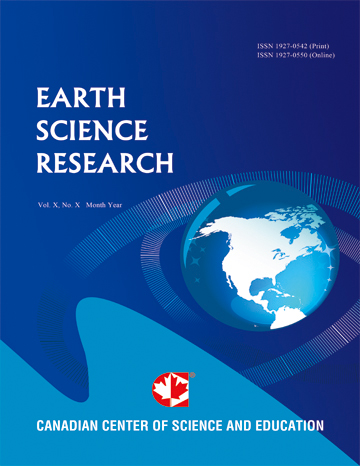Effects of Variations in Earth’s Gravitational Force Fields on Climate Change
- Uzoma Oduah
- Emmanuel Joel
- Josephat Izunobi
- Olubunmi Nubi
- Samuel Popoola
- Nnaemeka Njoku-Achu
- Oluwaseun Ajileye
- Daniel Obiora
- Augustine Chukwude
- Babatunde Rabiu
Abstract
World climate continues to deteriorate at varying rates in spite of different anthropogenic mitigative and adaptive interventions. Conversely, the gravitational force fields of the sun and moon hold Earth in orbit, amongst others. Herein, we explore the impacts of changes in these gravitational fields on global climate and examine their influences on natural events, such as ocean tides, volcanoes, geomagnetic storms and movement of tectonic plates. Beyond reports on greenhouse effect and mass transport, we discuss the influence of gravity on tidal bulges, melting glaciers, condensable atmosphere and other events, such as El Niño and La Niña, and correlate their typically subtle impacts on climate worldwide with variations in Earth’s gravity. The intention is to highlight other causative factors implicated in climatic change without diminishing the contributions of greenhouse gasses and other factors, which are currently regarded, by specialists and lay-public alike, as the major culprits of climate change. We submit that the shifts in Earth’s gravitational fields to sustain equilibrium and remain in orbit can manifest as perturbations of atmospheric temperatures, pressures and air concentrations as well as volume changes and ion effects; in hydrological bodies, and are some of the non-anthropogenic agents driving changes in global climate. We surmise, therefore, that the influence of changes in gravity, albeit subtle, on climate change is significant. It is envisaged that highlighting these subtle agents of change would intensify efforts toward ameliorating and/or eliminating drastic and deleterious changes in climate as well as at embracing adaptive measures at local and international levels.
- Full Text:
 PDF
PDF
- DOI:10.5539/esr.v12n1p16
Index
Contact
- Lesley LuoEditorial Assistant
- esr@ccsenet.org
